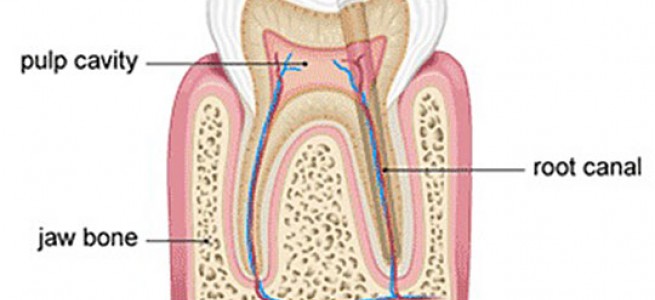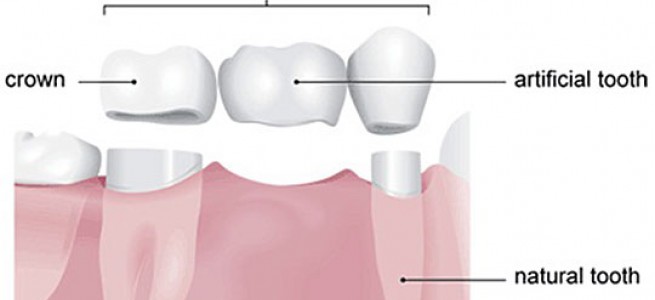Crowns
What is a crown?
A crown is an artificial restoration that fits over the remaining part of a prepared tooth, making it strong and giving it the shape of a natural tooth. A crown is sometimes known as a 'cap'.
Why would I need a crown?
Crowns are an ideal way to repair teeth that have been broken, or have been weakened by decay or a very large filling. A crown could be used for a number of other reasons, for example:
-
you may have a discoloured filling and would like to improve the appearance of the tooth
-
you may have had a root filling and need a crown to protect what is left of the tooth.
-
it may help to hold a bridge or denture firmly in place.
A temporary crown will be made so that you can use the tooth while you wait for the crown to be made. This crown may be more noticeable but is only temporary.
What is a post crown?
In root-filled teeth it may be necessary to insert a post into the tooth root before placing a crown. A post gives support and helps the crown to stay in place. The surface of the tooth may be removed down to the level of the gum.
A post can be made of prefabricated stainless steel which the dentist can fit directly into the root canal. Or a custom-made post can be constructed by a dental technician to accurately fit the shape of the prepared root canal. The post is placed into the root canal and cemented in position, ready for the crown to be attached.
How is the crown fitted?
When you and your dentist are happy with the fit and appearance of the new crown, it will be fixed in place with special dental cement or adhesive. The cement forms a seal to hold the crown in place.

Dental Implants
Durable, long-lasting and natural in their appearance, dental implants are the most modern method of replacing missing teeth. They are made of two parts, with the 'screw' or 'post', which acts as the root of the tooth, integrating into the bone and holding it in place. The second part, the crown, is then attached to it to replace the missing tooth. These dental implants are virtually indistinguishable from natural teeth. The cost of your dental implant will vary depending on the complexity of treatment
Bridges
A bridge uses the teeth on either side of a gap or one side of a gap to anchor onto the missing tooth or teeth. Bridges may only be used if the supporting teeth are strong enough and have good bone support. Bridges are made of porcelain or metal, or a combination of both materials. Your dentist will cement the bridge in place, and show you how to keep it clean with special dental floss.

Root Canal Treatment
Increasing sensitivity of a tooth, spontaneous raging toothache and discomfort when chewing are amongst the most common symptoms that could indicate the need for root canal treatment. Root canal treatment removes damaged pulp and the bacteria causing the infection. It also removes inflamed or dead nerves and blood vessels from inside the tooth. We aim to resolve pain rather than creating it, and current local anaesthetic techniques allow for treatment to be performed as painlessly as possible.
